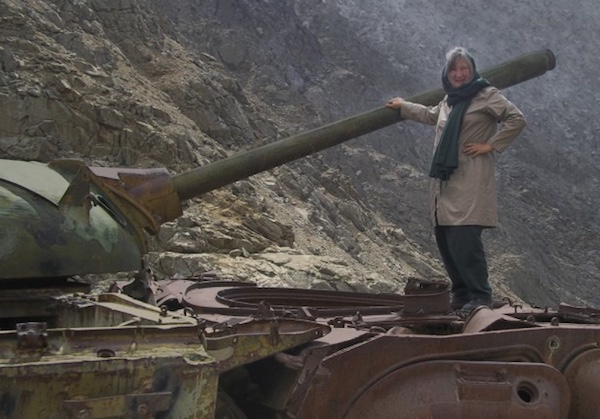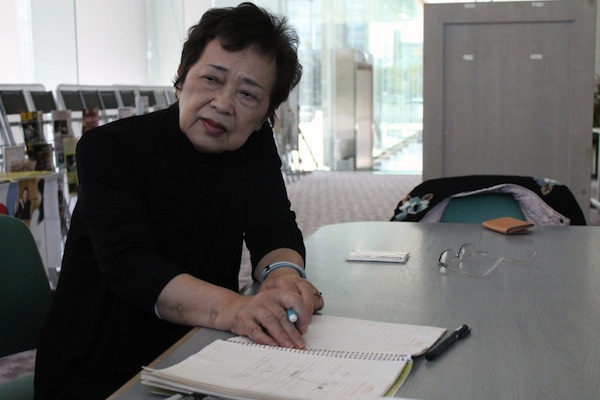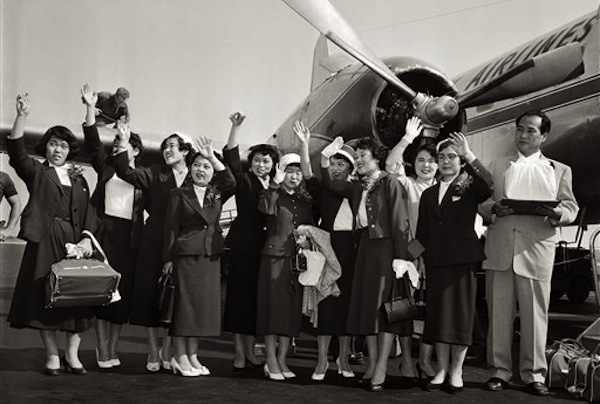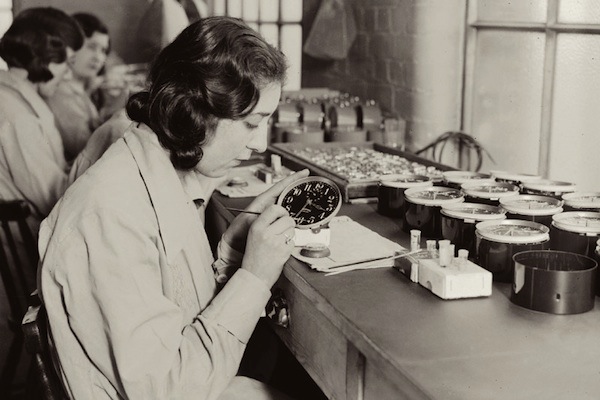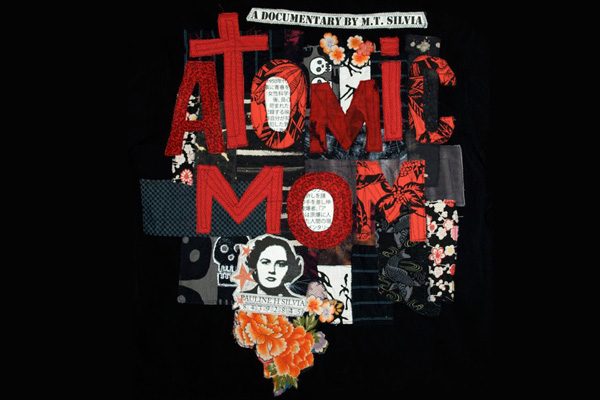Unarmed Peacekeeper Linda Sartor is not afraid to die. Dedicated to nonviolence, Linda Sartor spent 10 years after September 11, 2001 traveling to conflict zones throughout the world as an unarmed peacekeeper, with roles ranging from protective accompaniment to direct inter-positioning between parties when tensions were running high. She documents her work across the world — in Israel/Palestine, Iraq, Afghanistan, Sri Lanka, Iran and most recently Bahrain — in her new book, Turning Fear into Power: One Woman’s Journey Confronting the War on Terror. Inwardly quiet and exceedingly humble (she chose to sleep outside for eight years of her adult life), her courage and conviction are not only refreshing, they’re infectious. I recently had the privilege of spending a day with her to discuss her travels and the ways in which they have changed her as an individual, as well as her relationship to nonviolent action. Is there a nonviolent response to terrorism? I think George W. Bush misused the word “terrorism” so much that it really has no meaning. When protesters in the Occupy movement are portrayed as terrorists, that really changes the meaning of democracy too. If there is such a thing as real terrorism, I think it […]
Continue reading... →Atomic Moms, Radium Girls, and Hiroshima Maidens: Part 4
As survivors of Hiroshima start to age, they keep their stories alive through passing them down to younger generations. Nearly 70 years after the Aug. 6, 1945 bombing, even the youngest atomic bomb survivors are elderly. Many aging atomic bomb survivors are leaving their legacy with their families, community and any outsiders willing to listen, with hope that their stories will prevent future use of nuclear weapons.
Continue reading... →Atomic Moms, Radium Girls, and Hiroshima Maidens: Part 3
Here is a little-known piece of history about Hiroshima: the story of how twenty-five young Japanese women, crippled and disfigured by the effects of the atomic blast, banded together to fight against their despair. They were brought to the United States in 1955 for plastic surgery – lodged in American homes and operated on at New York’s Mount Sinai Hospital – in a remarkable humanitarian effort that is itself an epic.
Continue reading... →Atomic Moms, Radium Girls, and Hiroshima Maidens: Part 2
The Radium Girls were so contaminated that if you stood over their graves today with a Geiger counter, the radiation levels would still cause the needles to jump more than 80 years later. They were small-town girls from New Jersey who had been hired by a local factory to paint the clock faces of luminous watches, the latest new army gadget used by American soldiers. The women were told that the glow-in-the-dark radioactive paint was harmless, and so they painted 250 dials a day, licking their brushes every few strokes with their lips and tongue to give them a fine point.
Continue reading... →Atomic Moms, Radium Girls, and Hiroshima Maidens: Part 1
August 6, 2015 marks the 70th anniversary of the dropping of the first atomic bomb on a human population, specifically the people of Hiroshima, Japan. As a commemorative series, Women Of Green is taking a look back at the impact of nuclear war on the lives of women. This is the first post in the series. Mothers and Daughters Reflect on the Bomb In looking at the effects of nuclear weapons on mothers and daughters, the documentary film, Atomic Mom makes clear not only the past and effects, but also a way forward. In addition, filmmaker M.T. Silva has created Momisodes, a web series of Atomic Mom where mothers and daughters share thoughts on peace, and you can contribute your own ‘momisode’ to the series. The Film: Two decades after the end of the Cold War, the U.S. President claimed it was a particular mission for his administration to reduce the numbers of weapons on the planet, and to secure those weapons and materials that remain. The importance of this mission is too often forgotten in the current century—except when politicians raise the specter of scary nations who might have or attain weapons, like North Korea or Iran, or scary, […]
Continue reading... →